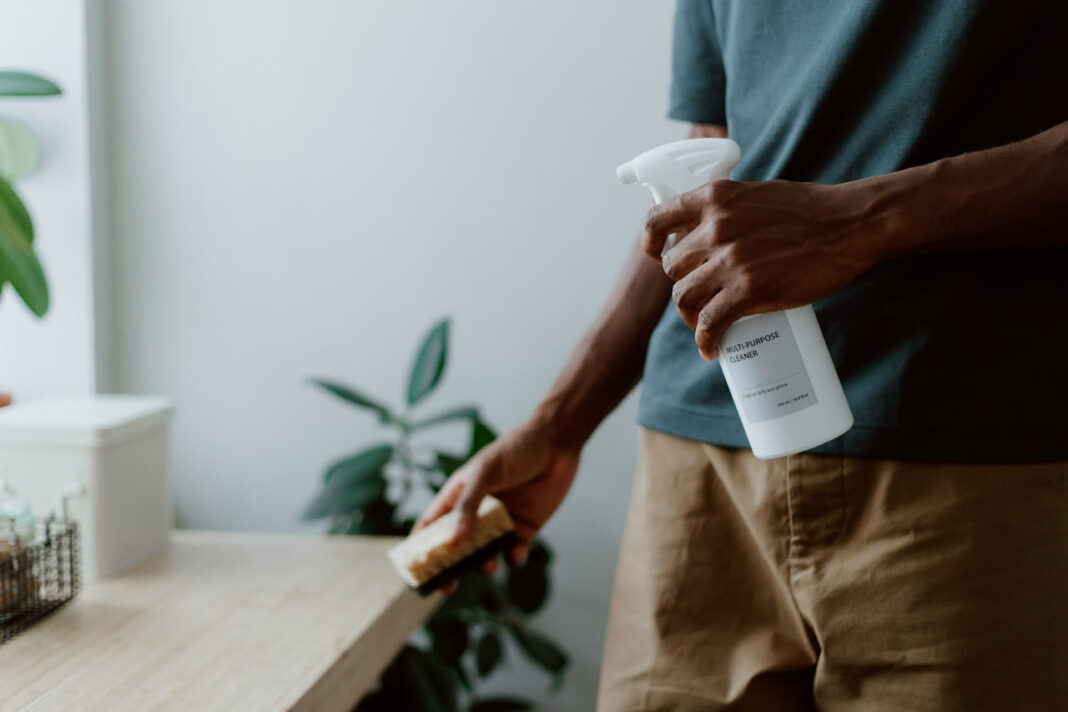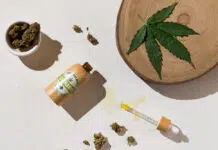Every day, households use cleaning products, personal care items, and other essentials without questioning their ingredients. Studies show almost every household contains chemical-based products, many of which release volatile organic compounds (VOCs) and harmful toxins. These chemicals can cause health problems such as allergies, respiratory issues, and even long-term illnesses.
As awareness grows, consumers are beginning to ask important questions. Are these products safe for my family? Are they harming the planet? These concerns are driving a shift toward safe and sustainable alternatives. Let’s explore why these products are gaining traction and why they represent the future of wellness.
Harmful Ingredients in Everyday Products
Traditional household products often contain chemicals that many of us can’t pronounce. These include ammonia, bleach, phthalates, and formaldehyde. While these ingredients may be effective for cleaning or preserving products, they can pose significant risks. For example, ammonia can irritate the skin and eyes, while phthalates, found in synthetic fragrances, are linked to hormonal disruptions.
Even seemingly harmless items like air fresheners and dish soaps can release toxic fumes into the air. These substances accumulate in your home, impacting indoor air quality. Families with young children, pets, or individuals with respiratory conditions are especially vulnerable. By switching to safer alternatives, you eliminate these risks and create a healthier environment for everyone.
Innovations Shaping the Future of Sustainable Products
The safe and sustainable products market is evolving rapidly thanks to innovative approaches. Many brands are turning to safe formulations and ultra-concentrated products that reduce waste and environmental impact. A prime example is Melaleuca: The Wellness Company, which was founded by Frank Vandersloot in 1985. The company has become a leader in offering safer and more sustainable alternatives to conventional household products.
Their EcoSense product line, featured prominently in the Melaleuca products list, exemplifies how innovation can drive sustainability.
This lineup includes surface cleaners, laundry detergents, stain removers, dishwasher detergents, and toilet bowl cleaners—all crafted with biodegradable ingredients. By focusing on ultra-concentrated formulations, they reduce plastic waste, minimize fuel and water consumption, and lower emissions during transportation. These efforts make EcoSense products not only safe and effective but also environmentally responsible.
Environmental Costs of Conventional Products
The impact of traditional household products extends far beyond the home. Many cleaning agents and personal care items contain non-biodegradable substances that flow into water systems. This contributes to water pollution, harming aquatic ecosystems and wildlife.
Additionally, the production and disposal of these products generate significant amounts of waste. Plastic packaging, often non-recyclable, adds to the growing problem of landfill overflow. Meanwhile, aerosol sprays deplete the ozone layer, further damaging the environment. By choosing sustainable products with eco-friendly ingredients and packaging, you reduce your household’s carbon footprint and contribute to a cleaner, greener planet.
Defining Safety and Sustainability in Household Products
What makes a product safe and sustainable? A truly safe product is free from harmful chemicals like VOCs, parabens, and synthetic dyes. It should be hypoallergenic and safe for all members of the household, including children and pets. On the other hand, sustainability refers to the product’s impact on the environment. This includes the use of biodegradable ingredients, recyclable packaging, and ethically sourced materials.
Understanding these definitions empowers you to make informed choices. By prioritizing these qualities, you’re investing in your family’s health and the planet’s future.
Why Consumers Are Demanding Safer Alternatives
The wellness movement is reshaping consumer habits. Today’s buyers are more informed and selective about the products they bring into their homes. Surveys indicate that over 70% of consumers prefer brands that align with their health and environmental values.
This demand has prompted manufacturers to innovate and improve their offerings. Brands are now emphasizing transparency, providing detailed ingredient lists, and reducing their environmental impact. Consumers are driving this shift, proving that informed choices can influence the market and create a healthier product landscape.
How Safe Products Benefit Your Family’s Health
Switching to safe products goes beyond avoiding risks—it actively promotes wellness. Non-toxic cleaning solutions improve indoor air quality, reducing the risk of asthma and allergies. Similarly, personal care products made with natural ingredients are gentler on the skin and less likely to cause irritation.
Parents, in particular, are drawn to these benefits. Babies and young children are more sensitive to chemical exposure, making it crucial to use products designed with safety in mind. By choosing safe alternatives, you ensure your family’s immediate and long-term health while fostering a healthier home environment.
Regulations You Should Know
Government regulations play a crucial role in ensuring product safety and sustainability. In the United States, agencies like the Environmental Protection Agency (EPA) and the Food and Drug Administration (FDA) oversee the safety of many household products. However, not all products on store shelves are rigorously tested.
These labels indicate that products meet high standards for safety and eco-friendliness. Knowing which certifications to trust can simplify your shopping experience and ensure that you’re making responsible choices.
Small Steps to Transition Toward a Safer Home
Switching to safe and sustainable products doesn’t have to happen overnight. Start small by replacing one product at a time, such as swapping out your all-purpose cleaner for a non-toxic alternative. Gradually expand this to include personal care items, laundry detergents, and even furniture polish.
Another effective step is to support brands that prioritize transparency. Choose companies that disclose their ingredients and commit to sustainable practices. Over time, these small changes will significantly improve your household’s health and environmental impact. Making the transition gradually allows you to stay consistent without feeling overwhelmed.
The growing demand for safe and sustainable household products is more than a passing trend—it’s a necessary shift toward wellness and environmental stewardship. By choosing products free from harmful chemicals and opting for eco-friendly alternatives, you’re not just protecting your family’s health but also contributing to the planet’s well-being.
Each decision you make, from reading labels to supporting innovative brands, brings us closer to a future where wellness and sustainability go hand in hand. Transitioning to these products is an investment in long-term health, environmental care, and a better quality of life. Start small, stay consistent, and embrace the change—your family and the planet will thank you.






